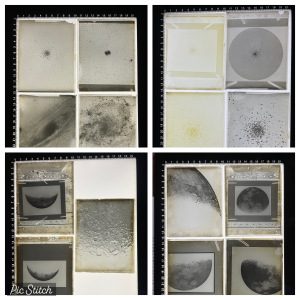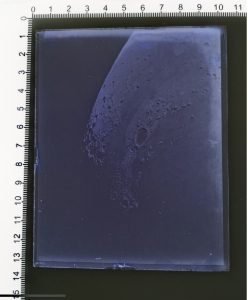
The Harvard College Observatory, founded in 1839, has a rich history as a pioneering institution in astronomy. Initially established in Cambridge, Massachusetts, the observatory gained international prominence through groundbreaking astronomical research and the development of photographic techniques to study stars.
In 1889, under director Edward Charles Pickering, the observatory established the Arequipa Station in Arequipa, Peru. This location was chosen for its high altitude (8,043 feet) and clear skies, ideal for celestial observations. The station became known for the 24-inch Bruce photographic telescope, installed in 1893, significantly advancing astrophotography and enabling groundbreaking discoveries, particularly in stellar classification and variable star research.
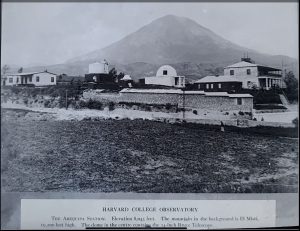 The Arequipa Station operated until 1927, when its primary telescope and operations were moved to Boyden Station near Bloemfontein, South Africa, providing continuity to Harvard’s commitment to southern-hemisphere astronomy.
The Arequipa Station operated until 1927, when its primary telescope and operations were moved to Boyden Station near Bloemfontein, South Africa, providing continuity to Harvard’s commitment to southern-hemisphere astronomy.
Throughout its history, the Harvard College Observatory became celebrated for its employment of a dedicated team of female astronomers, known as the “Harvard Computers,” who played essential roles in cataloging and analyzing astronomical data, contributing significantly to modern astrophysics.
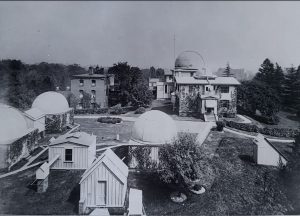
The archive includes glass negatives of the Yerkes Observatory at Williams Bay, Wisconsin; one showing the exterior dome of the observatory, and the other highlighting the famous “Great Refractor,” a telescope renowned for its 40-inch aperture and 63-foot focal length, historically recognized as the world’s largest refracting telescope.
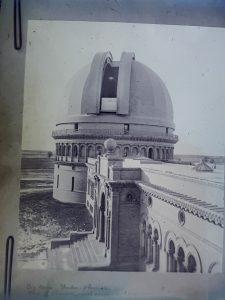
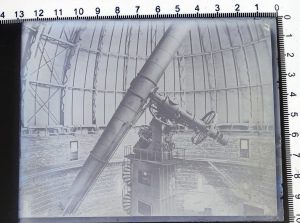
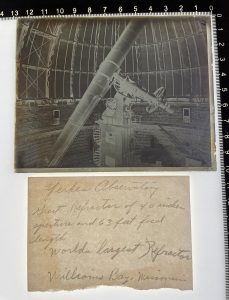
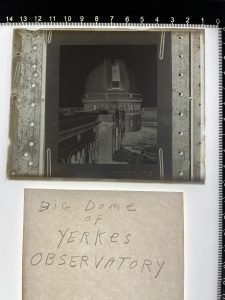
Established in 1897 by the University of Chicago, Yerkes Observatory was named after financier Charles T. Yerkes, who funded its construction. Located in Williams Bay, Wisconsin, on the shores of Geneva Lake, the observatory quickly became world-famous for housing the largest refracting telescope ever successfully used for astronomy—the “Great Refractor,” which remains notable for its immense size and precise craftsmanship.
Designed by astronomer George Ellery Hale, who later founded additional major observatories, the Yerkes Observatory was a significant center of astronomical research throughout the 20th century. Astronomers at Yerkes conducted groundbreaking research on stellar classification, astrophysics, and galactic structure.
Beyond its scientific achievements, the observatory is also admired architecturally for its elaborate Romanesque Revival design, detailed sculptures, and intricate ornamentation, making it one of the most historically significant astronomical institutions in the United States.
